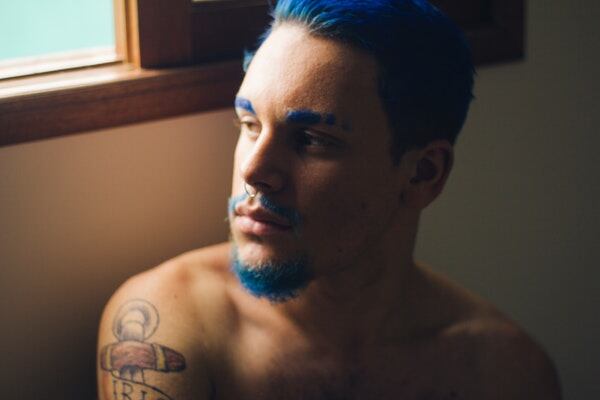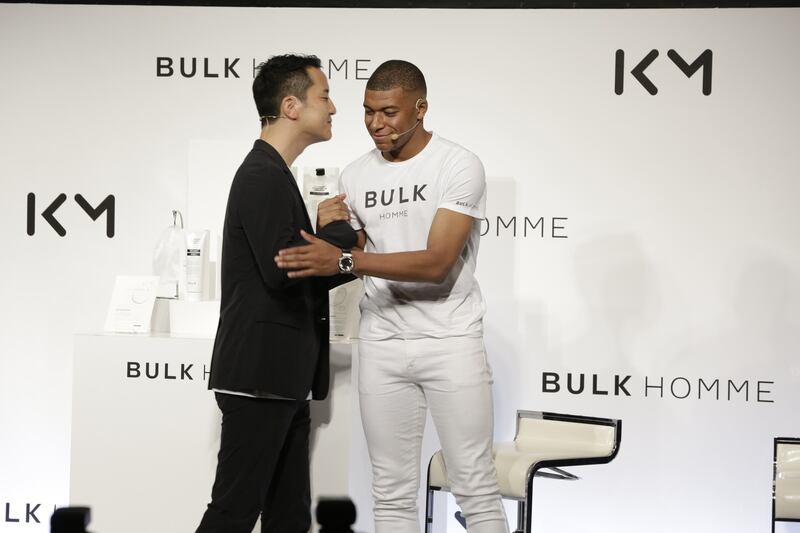Latest research on hair colourants in the UK by intelligence company Mintel reveals that the number of 16-24-year-old men colouring their hair has increased in only one year from 38% in 2018 to 46% in 2019.
The social impact
Findings reveal that famous names and social media personalities heavily impact this boost in men’s hair colour choice and colourant usage.
Of those asked, almost a fifth (19%) of males who use in-home colourants have taken inspiration from well-known social media users for their hair colour selection. A further 14% have sought influence from celebrities and models.
Providing insights on how Hollywood A-listers and pop culture is impacting hair colour influences, Alex Fisher, Associate Director for Beauty & Personal Care at Mintel shared: “Major celebrities like Zac Efron and Zayn Malik, and 2019 Love Island contestant Jordan Hames have debuted bleached or vibrant coloured hair recently, which has resulted in young men feeling encouraged to express their individualism through their hair colour.”
In addition, men in the UK are also making innovative, novel and bold choices, with only a quarter of those asked using the same colour as they previously have when dying their hair.
However, contrary to popular belief, “bleaching their hair underneath to get these vibrant results, [causes] a lot of damage by itself”.
Differences between demographic
These results shine a light on the male hair care industry as only 7% of females expressed the same level of motivation and encouragement to explore and use in-home colourants.
There is a clear difference when it comes to colour choice for younger males compared with older females. While the younger male demographic opt for a colourful, explorative and experimental approach, the maturer female demographic prefer natural-looking shades. In fact, the use of at-home colourants by the aged 65 and over female demographic dropped from 36% in 2018 to just 27% in 2019.
As consumers vocalise their unhappiness at the term ‘anti-ageing’, publishers such as Allure Magazine dropped it from its vocabulary in 2017. Along with famous household names including Helen Mirren, Daniel Craig and Salma Hayek embracing ageing, “fewer older women are now using colourants, instead, accepting their naturally grey hair”.
Hair colour sales
Slumped growth has typified the in-home colourants market. In 2018, for example, total sales decreased in value by 2% reaching £311 million (€348 mn).
On the other hand, the semi-permanent colour market rose by 1% from 2017-2018 to hit £13.2 million (€14.7 mn). Interestingly, permanent colour sales dropped by 2% to £218 million (€244 mn) suggesting that in-home colour users like to vary their shades and styles.
“The growth of temporary colour has not outweighed the decline of permanent colourants. The trend towards ageing naturally means permanent colourants must seek a new heartland, while younger consumers’ expectations for exciting and changeable looks give brands the opportunity to become the experts of at-home techniques,” expressed Fisher.
Nature versus enhancement
The struggle between the preference for the natural look and ingredients versus achieving a courageous and vibrant hairstyle prevail in the colourant market. Of those surveyed, 71% adults said they believe hair care colour brands should use natural ingredients wherever possible. Alternatively, 27% think that a vibrant hair care result is key. The importance of colour vibrancy spikes to 43% for 16-24 year olds.
Emphasising the importance of formulation and efficacy, Fisher goes on to say: “Beauty brands are moving towards natural ingredients to replace chemicals that cause concern for their users. However, in a category that relies on end colour result to create consumer satisfaction, formulation is important and can be difficult to change without affecting efficacy.”
The current compromise for brands looking to leverage both the calls for natural ingredients and bold vibrancy may well be to follow “many colourants brands who are incorporating natural claims where possible, without interfering with the basic chemical reactions that create the vibrant results people want,” Fisher relayed.


